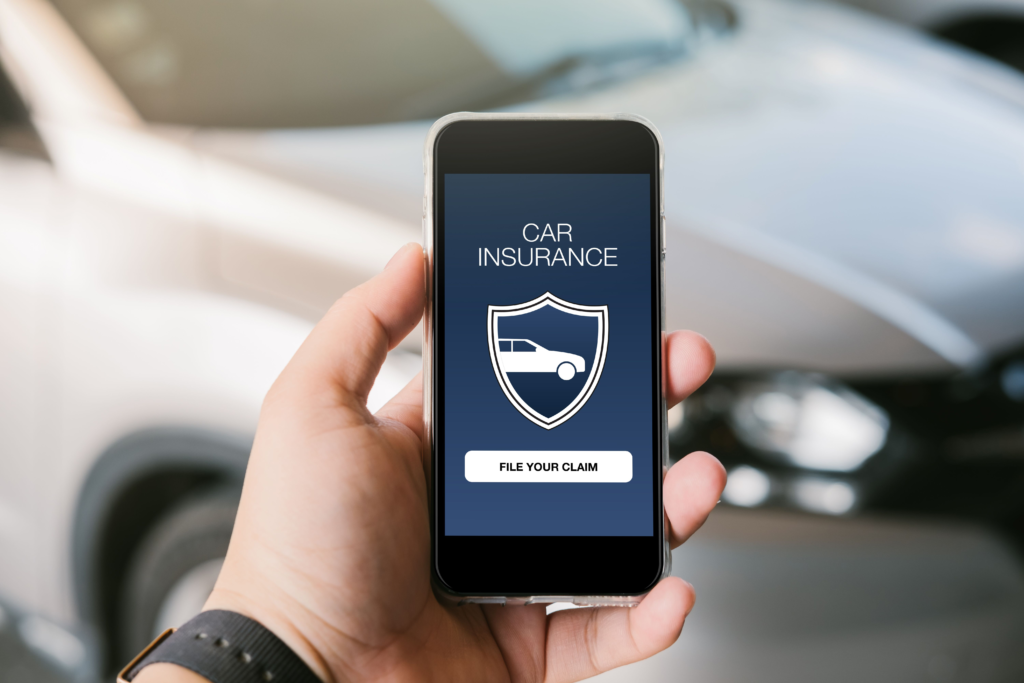When it comes to car insurance, having the right level of coverage is essential for your peace of mind and financial security. Full car insurance coverage, often referred to as “full coverage,” provides comprehensive protection for both you and your vehicle. In this article, we’ll explore what full car insurance coverage entails and why it’s a smart choice for many drivers.
Understanding Full Car Insurance Coverage
Full car insurance coverage is not a specific policy but rather a combination of several types of coverage that work together to provide extensive protection. It typically includes:
- Liability Coverage: This covers bodily injury and property damage liability, protecting you if you’re at fault in an accident and someone else is injured or their property is damaged.
- Collision Coverage: This pays for repairs to your own vehicle in the event of an accident, regardless of fault. It’s particularly useful for accidents involving only your vehicle or situations where you’re at fault.
- Comprehensive Coverage: Comprehensive coverage protects your vehicle from non-collision-related incidents, such as theft, vandalism, natural disasters, or hitting an animal.
- Uninsured/Underinsured Motorist Coverage: If you’re involved in an accident with a driver who has insufficient or no insurance, this coverage helps pay for your medical expenses and property damage.

Benefits of Full Car Insurance Coverage
- Financial Protection: Full coverage ensures that both your liability and vehicle repair costs are covered, reducing the financial burden in case of an accident.
- Peace of Mind: With full coverage, you can drive with confidence, knowing that you have comprehensive protection in various scenarios.
- Coverage for Your Vehicle: Whether it’s a minor fender-bender or a major accident, collision coverage ensures that your car is repaired or replaced.
- Protection from Uninsured Drivers: Uninsured/underinsured motorist coverage safeguards you if you’re involved in an accident with a driver who lacks adequate insurance.
- Coverage for Non-Collision Incidents: Comprehensive coverage protects your vehicle from a wide range of non-collision-related damages, such as theft, fire, or falling objects.
- Loan or Lease Requirements: If you’re financing or leasing a vehicle, full coverage may be required by your lender until the loan is paid off.
- Personal Injury Protection (PIP) and Medical Payments: Some full coverage policies include PIP or medical payments coverage, which can help with medical expenses for you and your passengers.
Factors to Consider
While full car insurance coverage offers comprehensive protection, it’s essential to consider your individual needs and budget. Some factors to keep in mind include:
- Deductible: You’ll need to choose a deductible amount, which is the out-of-pocket expense you’ll pay before your insurance kicks in. Higher deductibles typically result in lower premiums.
- Coverage Limits: Review the coverage limits for each component of your full coverage policy to ensure they align with your needs.
- Vehicle Value: Consider the value of your vehicle. Full coverage may be more cost-effective for newer or higher-value cars.
- Budget: Assess your budget to determine what you can comfortably afford in terms of insurance premiums.
Full car insurance coverage is a comprehensive and valuable form of protection that provides peace of mind and financial security. While it may be a cost-effective choice for some drivers, it’s essential to evaluate your individual circumstances, including your vehicle, budget, and coverage needs, to determine if full coverage is the right choice for you. Ultimately, full car insurance coverage is an investment in your financial well-being and the protection of your vehicle.
